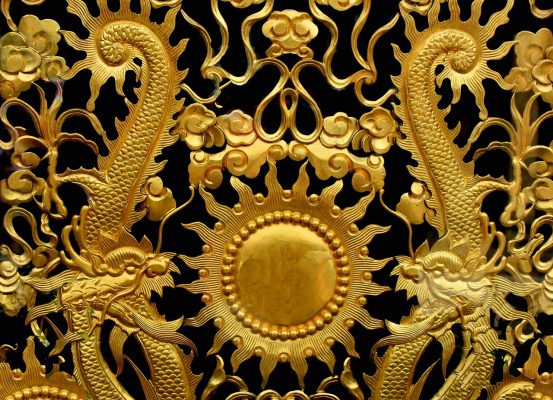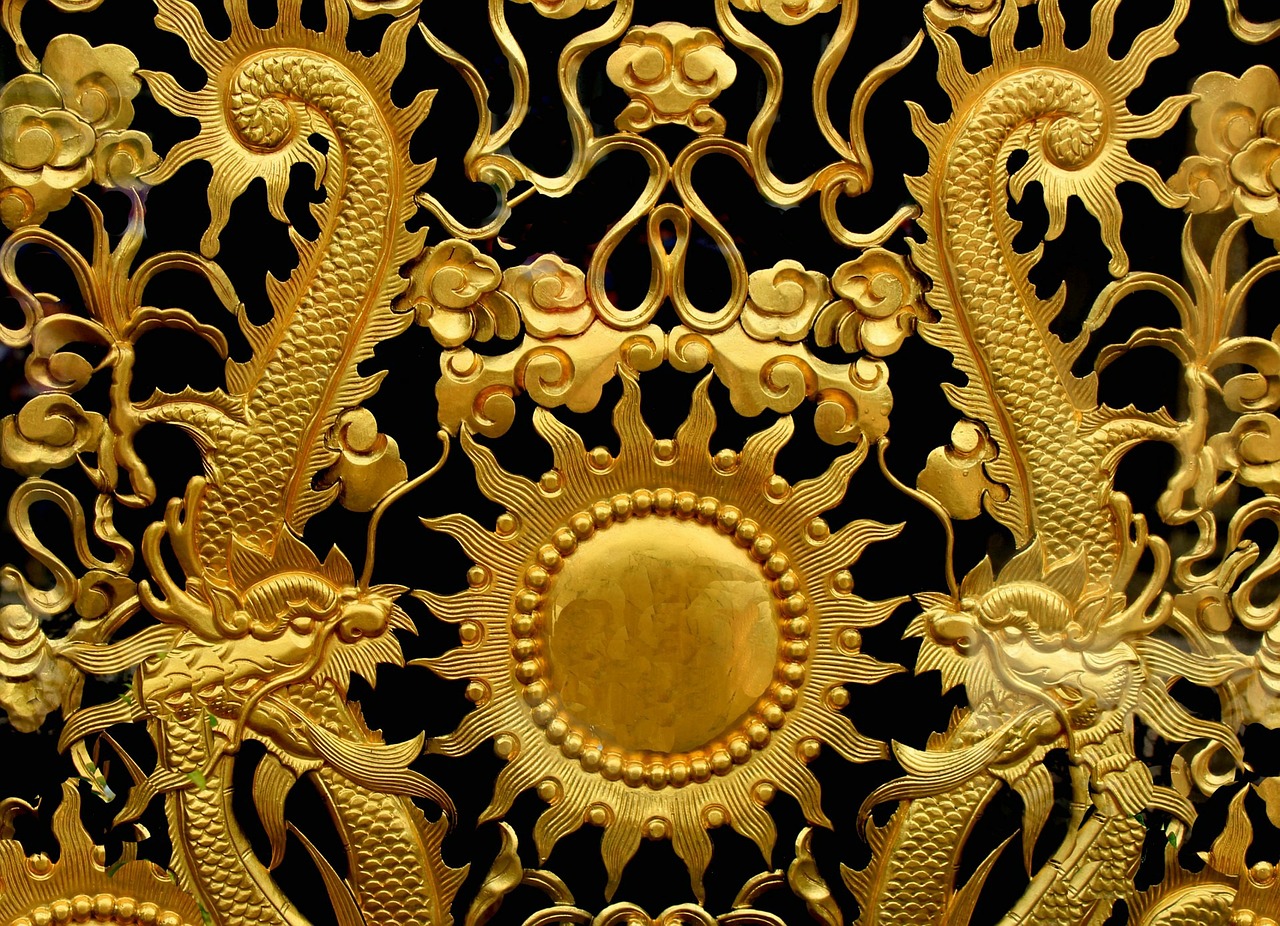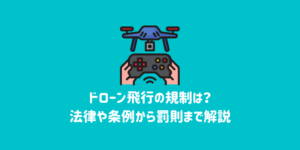
中国初の太陽光動力の無人飛行機(UAV)Caihong(CH)が高度2万mでの15時間を超えるテスト飛行に成功しました。通常の航空機では大気の薄さによりエンジン性能が低下する、準宇宙空間での飛行です。
実は米国では、およそ20年前にもPathfinder PlusとHeliosが太陽光動力ドローンとしてのテスト飛行に成功しています。ただ、当時は日をまたいだ飛行はできておらず、その後テスト飛行は行われていません。中国はこの隙に米国を猛追したい考えです。
この太陽光動力ドローンは、準衛星としてデータ中継や、「空中WiFiハブ」として辺地や島しょ部への通信環境の提供などを担う予定で、土地測量や地震、洪水時の災害監視も可能とのことです。
一方で、太陽光動力ドローンは軍事目的にも利用可能です。というのは、通常のUAVよりも滞空時間が長く、偵察衛星よりも正確な情報を取得することができるからです。
Shi Wen氏によると、英国がAirbus社から購入した太陽光動力ドローンZephyrの滞空時間は2週間と長いものの、CHのほうがより高度で、最大積載量も多い状態での飛行が可能になるそうです。
対艦弾道ミサイルの追跡も可能と言われていますが、中国領土外での活動は攻撃に遭う危険性も高いため、主に防衛目的での利用になると見込んでいます。
Flying close to the sun
China’s first solar-powered unmanned aerial vehicle the Caihong is pictured at an unidentified airport in Northwest China on June 2. Photo: IC
The chief engineer of China’s first solar-powered unmanned aerial vehicle (UAV) the Caihong (CH) has confidently claimed that his team aims to best their US rivals in the future.
Just a week after the CH’s first successful near-space test flight at an altitude of over 20 kilometers, Shi Wen told the Global Times that they “are confident we can catch up with and even surpass our US competitors” because his team “might take the lead in the large-scale commercialization of solar-powered drones,” as they “will gain late-mover advantage from the combination with China’s advanced wireless network and big data technologies.”
Shi’s team is under the China Aerospace Science and Technology Corporation (CASC), and the corporation announced on June 13 that the CH flew smoothly in near-space for over 15 hours, finishing its scheduled path before landing securely.
The near-space region, which lies 20 to 100 kilometers above sea level, contains thin air that reduces the performance of traditional fuel-powered aircraft engines.
“We have two main goals for the future. The first is to extend the time it can stay in the air to weeks, months and even years, and the second is to realize endurance flight in the zone between 15 and 30 kilometers,” Shi said.
The UAV will perform as a “quasi-satellite” in the future by providing data relay services. It is also expected to be used as “an airborne Wi-Fi hub” to provide convenient mobile telecommunications and Internet access for remote areas and islands, saving on the huge construction and maintenance costs of traditional infrastructure, the Xinhua News Agency reported.
Shi said the CH will also be able to conduct land surveys, monitor disasters and also have military applications. “In earthquakes, floods or forest fires in which telecommunications have been damaged, solar-powered drones can maintain communication in the affected areas,” he said.
“We are targeting three main areas. 4G/5G global hotspot communication, marine monitoring and earth observation,” Shi said, adding that his team has already received business inquiries from abroad.
Chasing the US
However, the US has had solar-powered drones for years, successfully conducting its first near-space test flight around two decades ago.
The Pathfinder Plus and the Helios were two innovative US solar- and fuel cell-powered UAVs. AeroVironment, Inc. developed the vehicles under NASA’s Environmental Research Aircraft and Sensor Technology (ERAST) program.
According to NASA’s official website, from 1998 to 2001, the Pathfinder Plus and the Helios conducted their first near-space tests, the Pathfinder Plus reaching an altitude of over 24 kilometers and the Helios getting up to nearly 30 kilometers.
“Nevertheless, these two drones didn’t realize overnight flights due to the limitations of technology available at that time. Currently the CH is at the same level as those two US drones and in some areas the CH is even better, though the time gap between us is huge,” Shi said.
The US has not conducted any further solar-powered drone test flights after the Helios program, which has given China a chance to catch up. Shi added, “We will keep chasing the records that the US has already achieved; those the US hasn’t achieved, we will try to achieve before them in the future.”
According to an inside source who requested anonymity, China plans to undertake days-long solar-powered flight soon.
Military use
“Solar-powered drones can also be used by the military. They can fill a gap in existing surveillance and monitoring equipment because they can stay in the air longer than normal UAVs and provide more accurate information with higher definition than spy satellites,” said Song Zhongping, a military expert and People’s Liberation Army veteran.
In February 2016, the UK purchased two Zephyr solar-powered drones from Airbus, and these drones allow the UK to spy on targets for months at a time, the London-based Telegraph reported.
Shi said that the CH has advantages over the Zephyr, as although the Zephyr can stay in the air for a fortnight, the CH will go higher and carry a greater payload.
On June 10, the US-based National Interest magazine published an article titled “China Might Have a New Way to Sink US Aircraft Carriers” which claimed China’s solar-powered drones can track and provide updated targeting information to its anti-ship ballistic missiles while the weapon is in flight.
But Song said this kind of mission is not very realistic as the CH would be vulnerable to enemy fire if it moves too far from Chinese territory, so it will likely take on mainly defensive tasks.





















